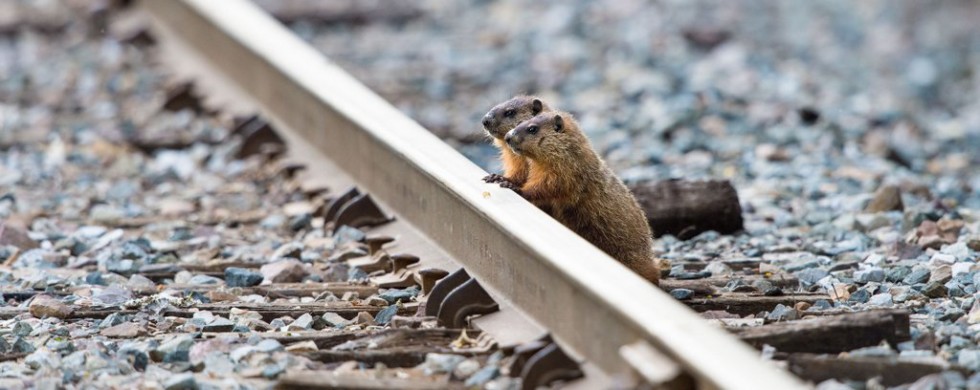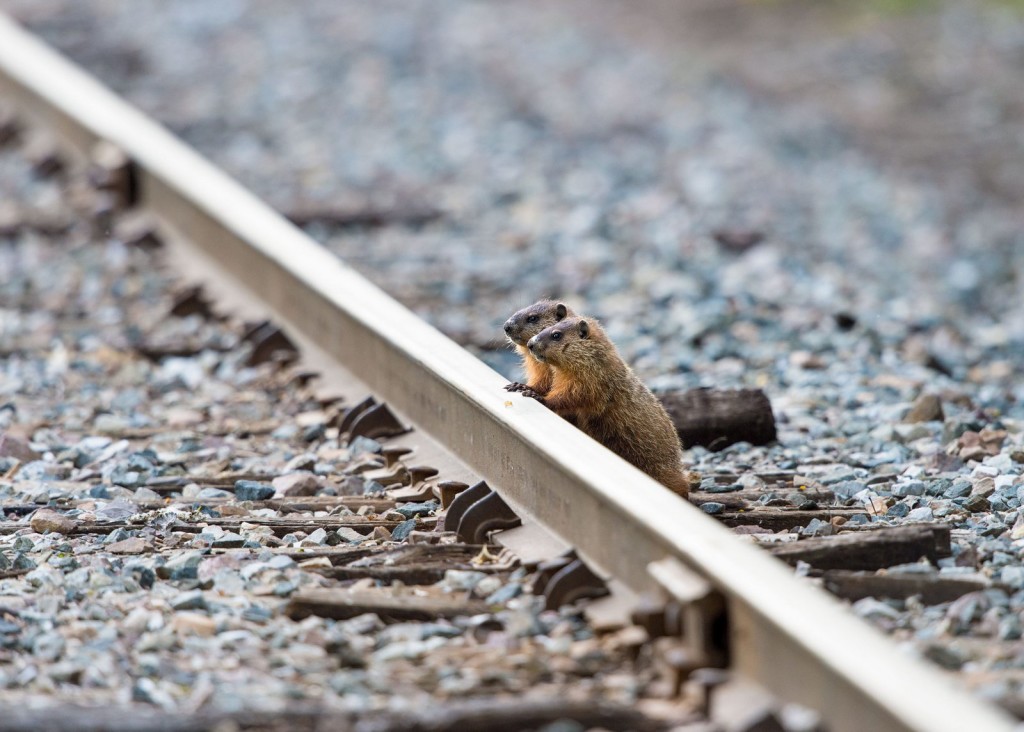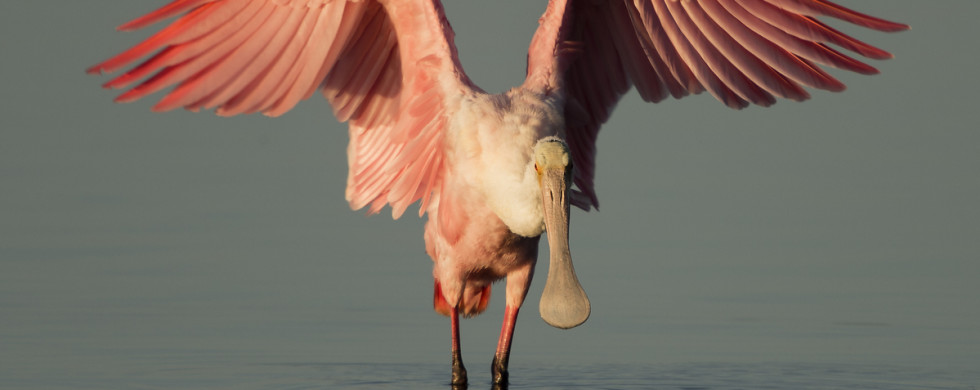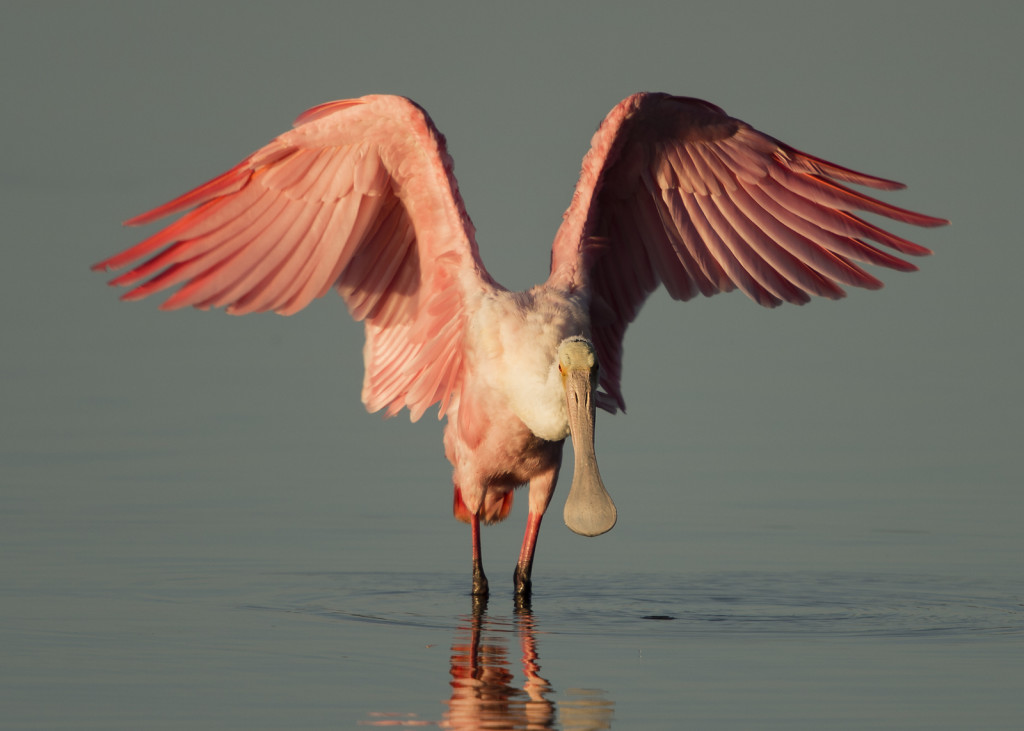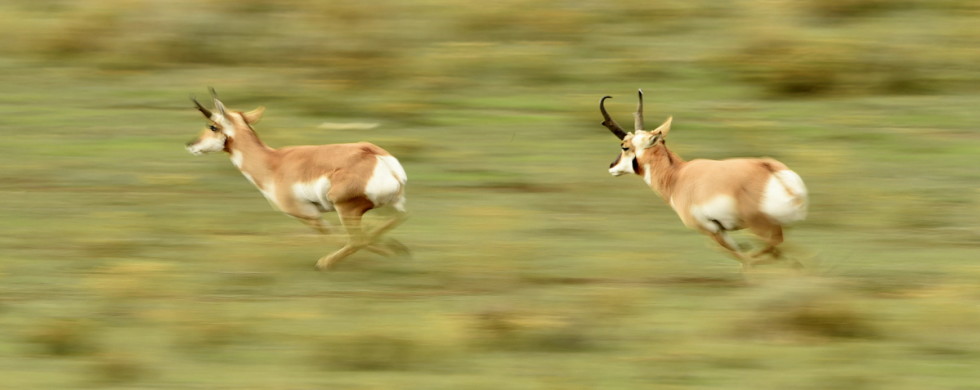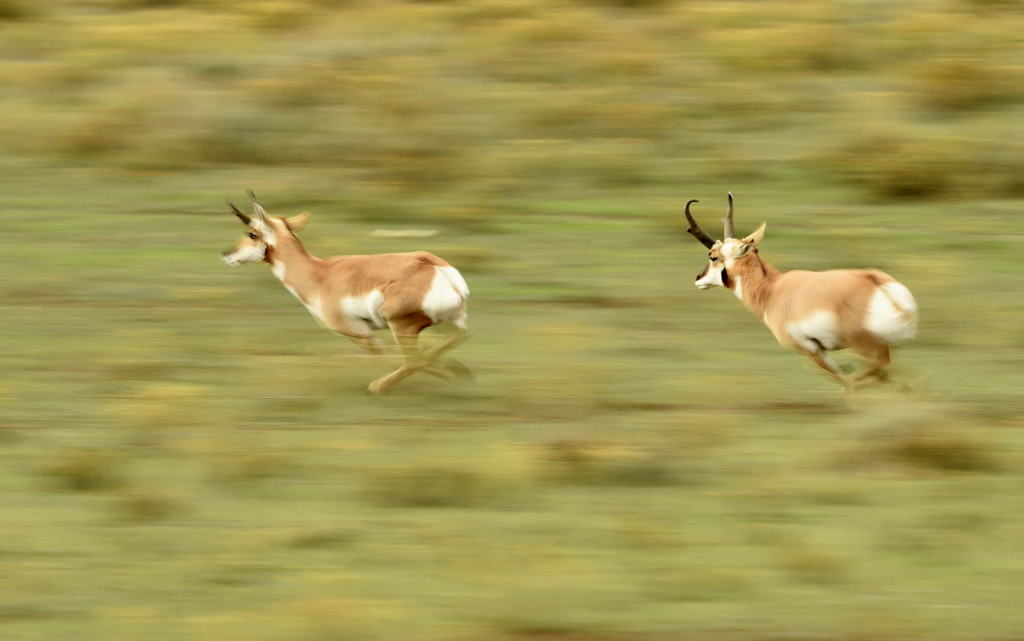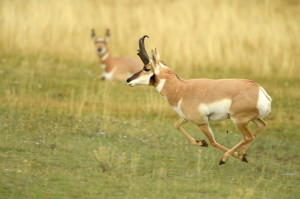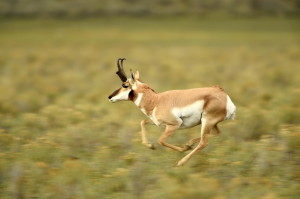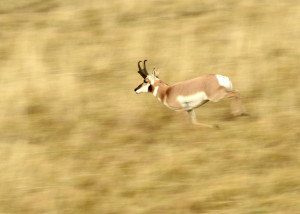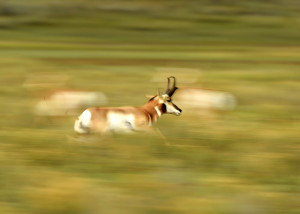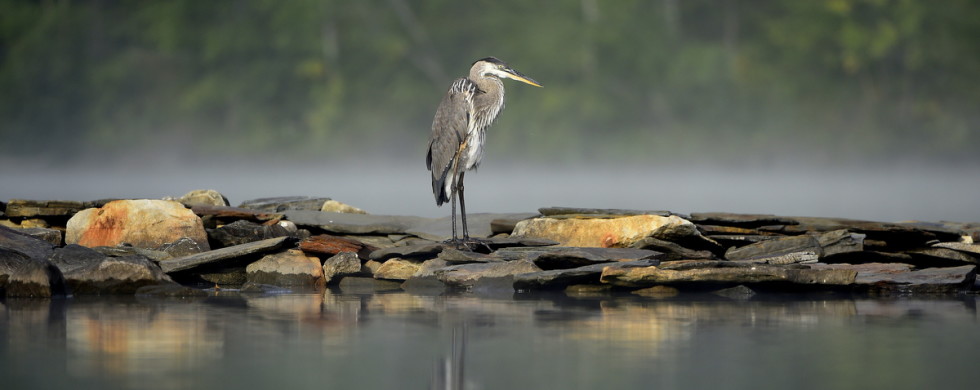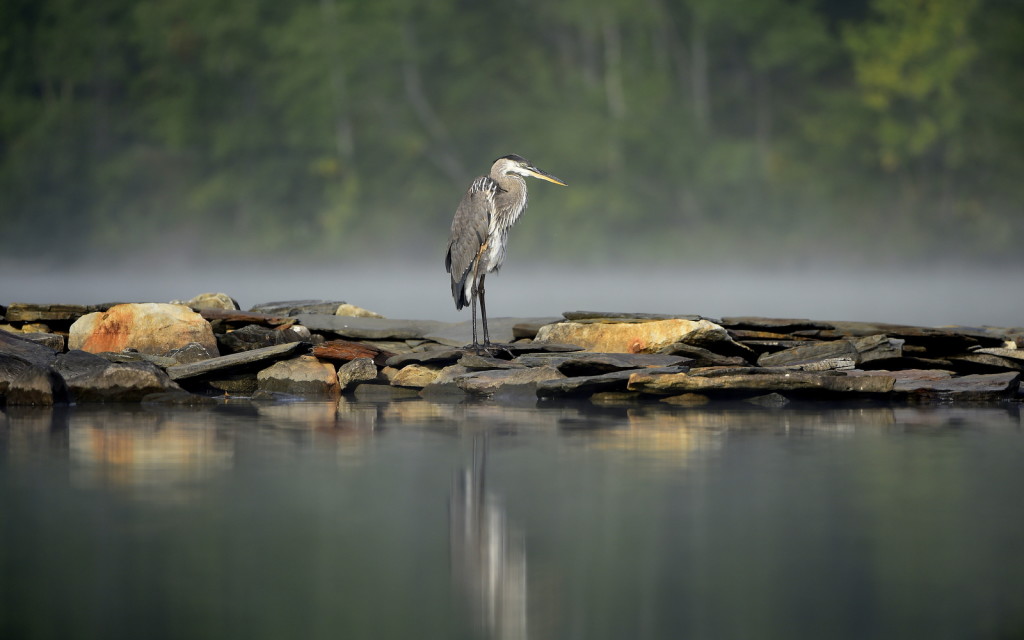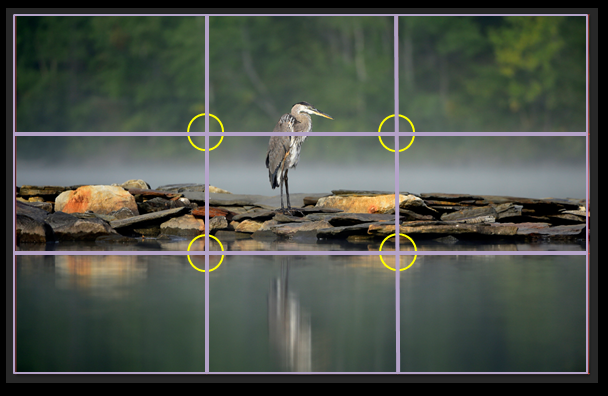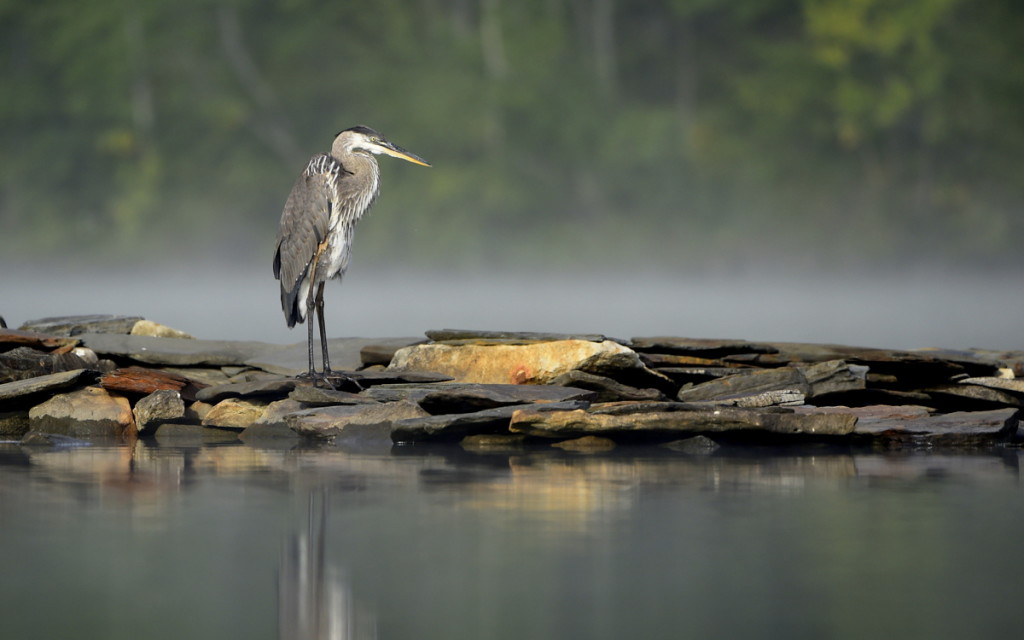28
Shot of the Month – February 2015
Here you go, a shot that best captures the essence of February. Blank stare from reader…
Come on, what is February famous for? For one thing, it has Valentine’s Day, which at least in modern times is all about the celebration of love and companionship (and the commercialization of love and massive consumption of chocolate, greeting cards, roses, etc., but let’s not go there). Look at this adorable set of lovestruck whistle pigs as they nuzzle side by side and gaze out across the tracks during a late afternoon stroll – that’s as Hallmark moment as it gets.
What else is this month famous for (in a US-centric kind of way)? Yes, each February 2nd we pull some poor groundhog out of its den to determine if we will get six more weeks of winter. The aforementioned whistle pigs are groundhogs. Other aliases include woodchucks, ground beaver, and mouse bear. What’s with all the crazy names?
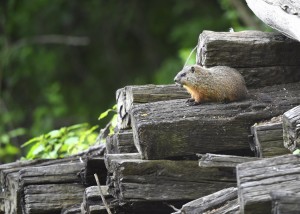
Chucked wood? Ironically, these two lived in this wood pile. Disclaimer: No wood was chucked in the making of this image.
Woodchuck: Has nothing to do with wood, or chucking. The Algonquian name for the creature is wuchak. Which leads to one of my favorite tongue twisters.
How much wood would a woodchuck chuck
if a woodchuck could chuck wood?
A woodchuck would chuck all the wood he could
if a woodchuck could chuck wood.
Whistle pig: Groundhogs thrive in open areas and will often sit on their back legs or stand to watch out for danger. If they see a threat, usually in the form of a wolf, cougar, coyote, fox, bobcat, bear, eagle, or dog, they let out a whistle to warn the neighbors.
Mouse bear: They look like miniature bears when sitting upright.
Groundhogs are one of the few animals that truly hibernate in the winter and can go 150 days without eating. They only lose about 1/4 of their body weight during this period as they are so adept at slowing down their metabolism as they sleep. Groundhogs come out of hibernation in March and mating season begins in early spring. Male groundhogs will rouse themselves from their sleep in early February however to wander about their 2-3 acre territory in search of a den with a female. The male will enter a female’s den and spend the night. No mating, just a visit to get to know each other better and smooth the way for a successful March. If you get my drift. (source)
Romance, whistle pigs, and February — a match made in Heaven.
Until next month….m
Nikon D4s, Nikon 600mm, f/5.6, 1/500s, ISO 800, -0.5 EV

